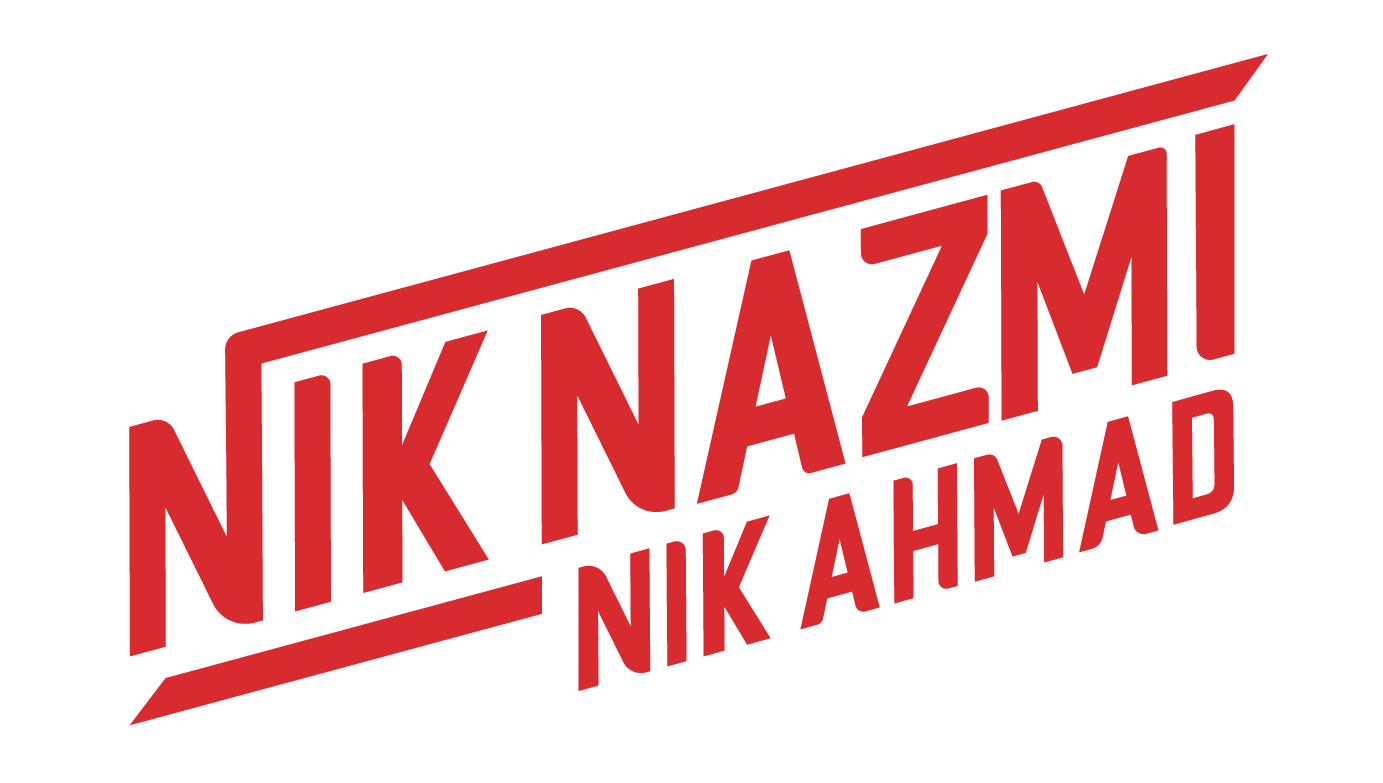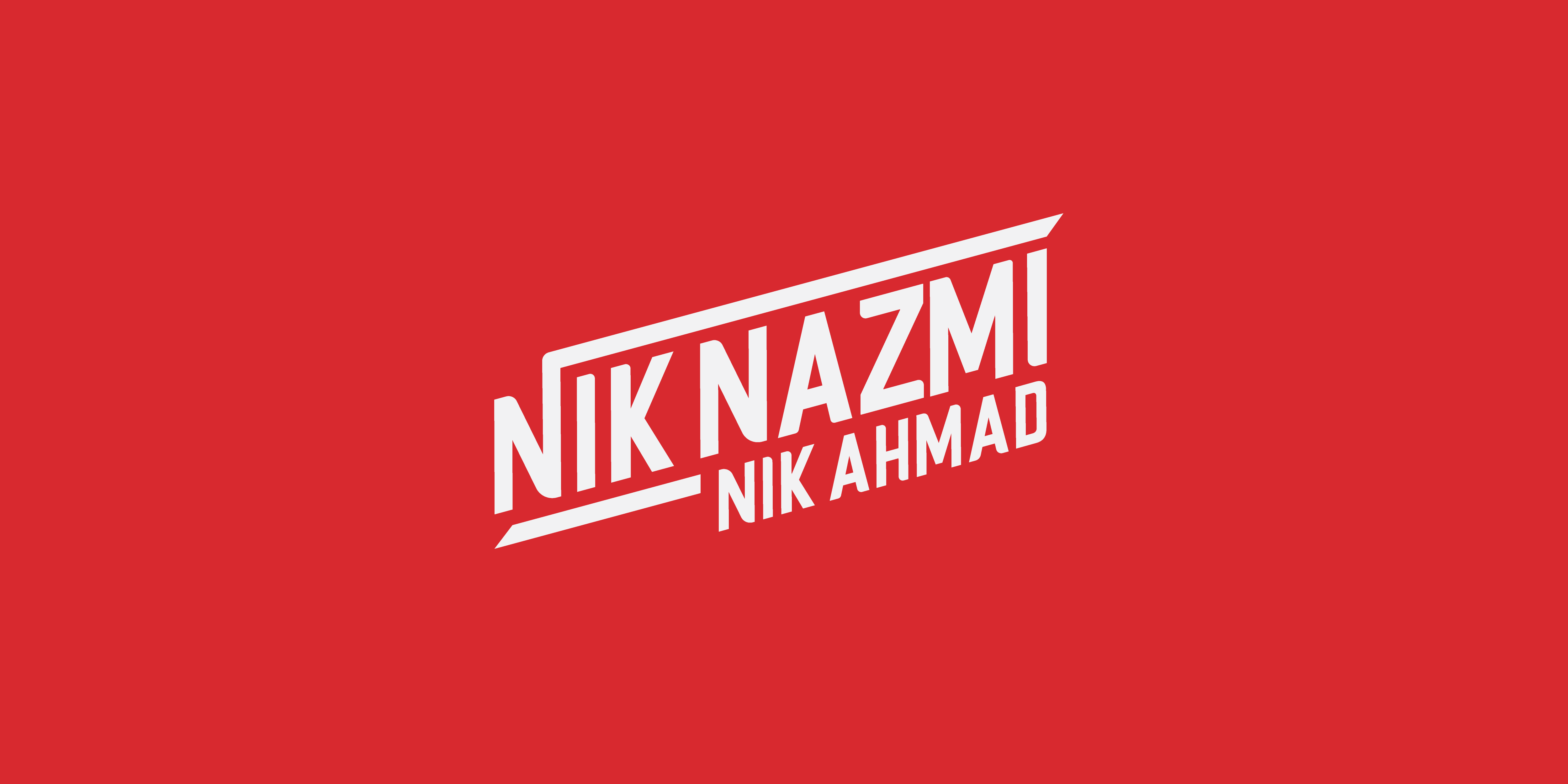Lately, there have been calls for the creation of “grand coalitions”, both for the parties that support the current government and separately, for the parties which are now in Opposition.
On the Opposition side, there have been calls for the revival of the “PH Plus” formula.
Broadly, this basically involves Pakatan Harapan – KEADILAN, DAP and AMANAH—getting back together with Dr Mahathir Mohamad and his camp (his PEJUANG party remains unregistered), as well as presumably other parties like WARISAN and MUDA (the latter also still unregistered).
Many good and honourable PH members or supporters—as well as those in civil society—think this is a good idea.
But is it necessarily so?
What will recreating PH Plus entail?
In June 2020 Dr Mahathir was quoted in the media as saying that: “I want to be PM for a third time to rectify the corruption of Najib and Muhyiddin administrations…I’ll back down after six months. I won’t be PM any more.”
In October 2020 too, PEJUANG nominated him to be Prime Minister again.
Also, in his recent 14 December press conference, while he reportedly stated that he had “no suggestion” whether he would be candidate for Prime Minister or Deputy Prime Minister, he said that: “If the government falls, then there will be a need for a new government. At this moment, unless we have a general election, the only way to form a new government is for the 222 MPs to begin to choose the government, perhaps beginning with the prime minister…And then to form a government that is dedicated to serving the people. I hope there are enough MPs who want to see this country recover and develop like before”.
This strongly suggests—although I stand to be corrected—that recreating “PH Plus” will involve either accepting Dr Mahathir’s leadership again, or someone acceptable to him.
As I and may others have argued previously, this is unfortunately not a viable option—at least for KEADILAN.
The sad fact is that Dr Mahathir has proven time and time again that he is unwilling and unable to set in motion the reforms that Malaysia desperately needs, whether economic, political, or social.
Working with Dr Mahathir under PH was not an easy decision. Many suffered tremendously during his first tenure as PM as he destroyed the country’s institutions while the gap between the rich and poor grew.
But it was a judgment call made by PH to defeat Najib Razak and UMNO-BN in the 2018 election.
Dr Mahathir had 22 months and enormous political capital to rectify our country’s problems—but could not or would not. And as the record will show, he repeatedly denigrated our Buku Harapan manifesto.
Much of it was arguably achievable, but his unfortunate comments hurt PH’s credibility and strengthened the hands of our foes.
At the end of his tenure, he resigned unilaterally without consultation as a tactic to not have to fulfil his promise of handing over the leadership to Anwar Ibrahim. Instead, the entire PH government, which came to power carrying the hopes of many Malaysians, collapsed.
He has undoubtedly reached his limits when it comes to leading PH and our country to where both need to go, especially in this rapidly changing, tumultuous Covid-19 era.
If our component parties and well-wishers still want PH or an enlarged coalition to be a reformist entity—then it cannot be led by Dr Mahathir.
The prospect of a divided Opposition will naturally be painful for many. But this simply is a case of differing, irreconcilable visions of what Malaysia’s future ought to be like.
There’s no guarantee that “PH Plus” is even Dr Mahathir’s preferred political vehicle moving forward.
In a September 2020 interview, he was quoted as saying that: “If we can get just 30 seats, we will be in a position to join either (coalitions). But if we want to join, we must insist on certain conditions. If they accept our conditions, then we will join.”
To be fair though, the “PH Plus” proposal—as currently conceived—is problematic for reasons that go beyond the Anwar—Mahathir dynamic.
Malaysia’s political culture tends to see coalitions as “pre-election coalitions” as opposed to “post-election coalitions”. Parties agree on a common manifesto, with a common leader (or PM candidate) and a single candidate for each seat.
But is this a natural state of affairs, really?
Could it be that we are just so used to the Alliance and BN “model” that our country was ruled under until 2018 that we cannot think of any alternative?
The Opposition tried to respond with the Socialist Front (1950s-1960s), Gagasan Rakyat and Angkatan Perpaduan Ummah (early 1990s), Barisan Alternatif (1999-2008), Pakatan Rakyat (2008-2015), PH (established in 2015) and Gagasan Sejahtera (2018).
But we should remember that Parti Bansa Dayak Sarawak (PBDS) cooperated with Parti Pesaka Bumiputera Bersatu (PBB) in the Federal BN but competed against each other at the state level from 1987-1992.
The DAP-KEADILAN cooperation in the 2008 elections was a broad understanding to avoid overlaps in seats and coordinate their campaigns, without a joint-manifesto. Similarly, WARISAN adopted a PH-friendly understanding without joining it in 2018.
PN and BN both contested against each other in the September 2020 Sabah State Elections but formed the subsequent State Government together.
Let us be honest.
Given our current political realities and the terribly distorted way our parliamentary constituencies have been drawn, any grand pre-election coalition will struggle with seat negotiations.
It has always been a fraught process even when parties are united and have the best feelings towards each other.
Indeed, this is a problem that will continue to confront, if not metastasize, for any future grand coalition: whether its “PH Plus” and whatever shape the pro-Muhyiddin alliance takes.
Even Dr Mahathir, in his September 2020 remarks, seems to acknowledge that post-election coalitions will become the norm.
Perhaps we must stop expecting our coalitions to be permanent entities but more fluid, depending on what the nation needs, to be formalised as a governing coalition after elections.
This is not unusual in Europe. In fact, the “Grand Coalition” is a phrase used in Germany to describe a coalition formed by the CDU and SPD that happened a few times in history, albeit after elections.
In Britain, the Conservatives and Liberal Democrats formed a coalition government from 2010-2015.
This is probably why talk of a PH-UMNO tie-up in Perak generated so much public attention—although it did not materialise in the end.
Malaysian voters, one suspects, may increasingly be curious about—if not open to—new political possibilities previously unthinkable.
Still, our politics does not have to be at the mercy of expediency—and this is where KEADILAN needs to hold fast to its core ideal of building a fairer Malaysia for all.
Yes, forming coalitions must be a flexible process moving forward. But the parameters need to be rooted in reforming Malaysia for the better.
Whatever happens, KEADILAN must continue to serve the people and fight for a fairer economy as well as reforming our country’s public institutions.
KEADILAN is the only party with divisions in each of our country’s 222 Parliamentary constituencies, whether in the Peninsular, Sabah and Sarawak. It has a membership exceeding 1 million, behind only two much older parties–UMNO and PAS.
As a big-tent party that has encompassed various ideological strands, that has emerged as Malaysia’s most successful multiracial political platform, KEADILAN is well-placed to do so.



